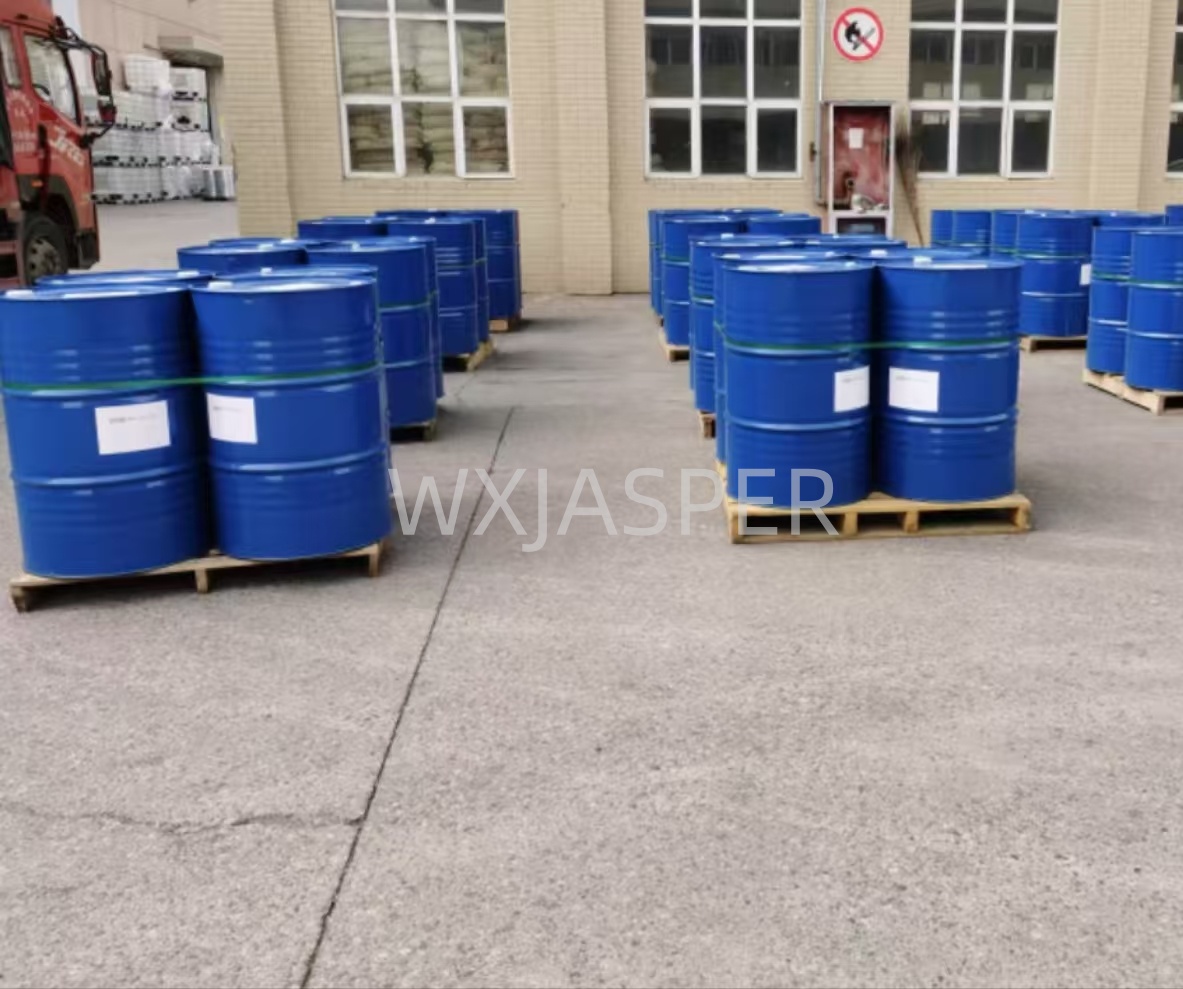Your Location:Home > Products > Solvents > Propylamine



CasNo: 107-10-8
MF: C3H9N
Appearance: liquid
Delivery Time: 15 days
Packing: 200kg/drum
Purity: 99%
Industrial-grade n-Propylamine adheres to strict purity standards, with typical specifications for premium-grade products as follows:
| Quality Indicator | Specification (Industrial Premium Grade) | Description |
|---|---|---|
| n-Propylamine Content | ≥99.5% | Core active component; high purity ensures efficiency in downstream synthesis and avoids impurity interference (e.g., affecting the performance of textile finishing agents). |
| Other Impurities | Complies with relevant industrial standards | Includes trace by-products (e.g., isopropylamine, di-n-propylamine) and residual solvents; controlled within limits to meet application requirements in pharmaceuticals and coatings. |
| Water Content | Typically ≤0.2% (unless specified otherwise) | Due to the compound’s hygroscopicity, moisture is strictly controlled to prevent hydrolysis of amine groups and ensure product stability. |
| Color (APHA) | ≤15 | Measures liquid clarity; lower values indicate fewer oxidized impurities and better product quality. |